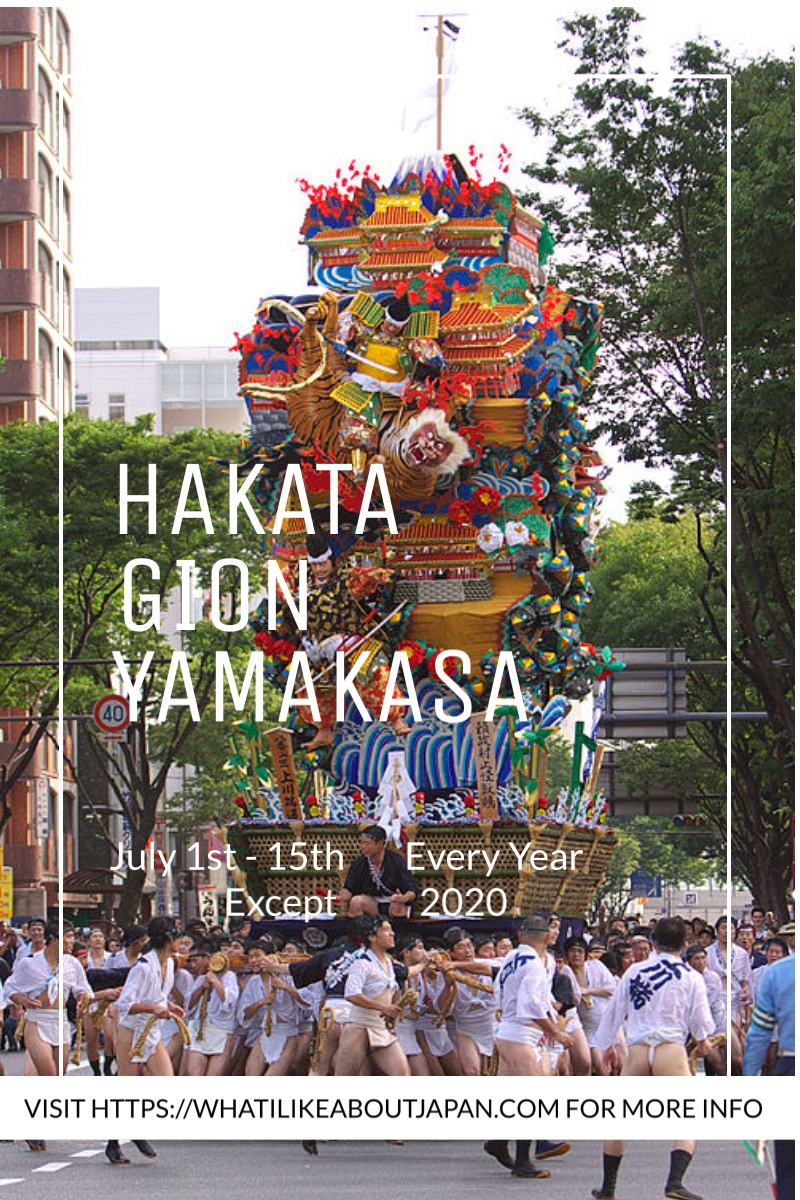
Hakata Gion Yamakasa 博多祇園山笠 はかたぎおんやまかさ
About the Festival
This is an enormous festival with several events that occurs of the first half of July every year in Fukuoka. A long time ago the prosperous trading port of Hakata was burnt down by one of the warlords during the period of warring states in Japanese history. The dictator that emerged first from this was named Hideyoshi. He proclaimed that Hakata should be rebuilt and part of the people of Hakata’s rejoicing about this became the Hakata Gion Yamakasa. Later Hakata was incorporated into the larger city of Fukuoka, the the area still kept its customs.
What goes on at this festival?
On the 15th of July there is float race. The seven districts of Hakata each have a giant float called Kakiyama. These are in two varieties. Each district has a 13 meter stationary float that is stationary and each depict important events in Japanese history. Originally these were the racing floats. However, because of power lines, the much smaller 5 meter floats are actually used in the races. Just before sunrise the floats are dragged through the streets by their teams with spectators throwing water on them. The floats set off at five minute intervals. The total time for a float and its crew to finish the course is about 30 minutes, but these floats weigh over a ton each so its an exhausting 30 minutes!
Jul. 1 (Early morning)
Shimeoroshi
A ceremony held to purify each team’s district area. A small offering of decorated bamboo and purified rope is displayed on the corner of each team’s main street to pray for safety. Decorative kazariyama floats are displayed around the city.
Jul. 1 (Morning)
Goshinire
This event serves to welcome the God of Yamakasa. A priest visits each kazariyamakasa (decorated Yamakasa floats) to pray for safety. Portable kakiyama shrines are constructed and blessed. In the evening, this year’s team in charge goes to Hakozaki beach to get purifying sand (oshioi) wearing mizuhappi.
Jul. 9 (Evening)
(Fetching the Sea Salt)
Part of the ritual of praying for safety during the festival’s events, the participants from each team run from Hakata to the beach at Hakozaki to fetch purifying sand (oshioi). On the way back they visit Japan’s great Hachiman shrines: Hakozaki Shrine and Kushida Shrine, receiving sacred sake. Sand is later thrown on runners’ feet as a blessing. One of the highlights of the Yamakasa Festival.
Jul. 10 (Evening)
Nagaregaki
The first kakiyama practice run, where teams practice carrying floats in their own districts. Each team’s course changes yearly, so to find out the route you have to ask someone in the know.
Jul. 11 (Early morning 5:00~6:00 / Afternoon)
Asayama
Each team, operating on its own schedule, does an early morning practice run through their own territory. At this event, children are allowed to ride on the Yamakasa. Jul. 11 is the only time the teams run twice in one day. In the afternoon some teams practice running into Kushida Shrine.
Jul. 12 (15:59~)
Oiyamanarashi
A rehearsal for the Oiyama race. Participants run a slightly shortened 4 km course through the streets of Hakata from Kushida Shrine. The atmosphere is similar to that of the main event, but at a more reasonable time.
Jul. 13 (15:30~)
Shudanyamamise
The first float departs Gofuku-machi crossing at 3:30 pm. After passing through Meiji-dori, the seven floats line up in front of Fukuoka City Hall.
Jul. 14 (Evening)
Nagaregaki
Similar to the July 10th run, some teams complete a practice run through their own territory. An evening warm-up, this is the last chance to practice and fix technique before the Oiyama.
Jul. 15 (Early morning 4:59~)
Oiyama
The climax of the Hakata Yamakasa festival. Teams begin assembling at 1:30 am. The first team leaves the starting line at Kushida Shrine at 4:59 am. Thousands of men from the seven districts race through the streets carrying decorative, one-ton floats. Spectators line the streets cheering them on by shouting “Oisa, oisa” and splashing them with water to keep them cool. The course takes about 30 minutes to run. After the eighth team departs Kushida Shrine, a Noh farce is performed to calm the gods.
References
In English
https://en.wikipedia.org/wiki/Hakata_Gion_Yamakasa
And an especially big thanks to…
https://www.fukuoka-now.com/en/yamakasa/
In Japanese
https://ja.wikipedia.org/wiki/博多祇園山笠
https://www.hakatayamakasa.com/
https://www.hakata-yamakasa.net/yamakasanews/2020/04/20/cancell_2020yamakasa/
Image thanks to Pontafon @ Wikipedia.org.





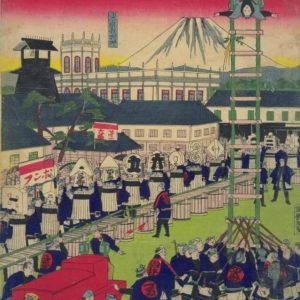

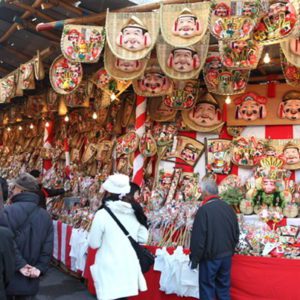
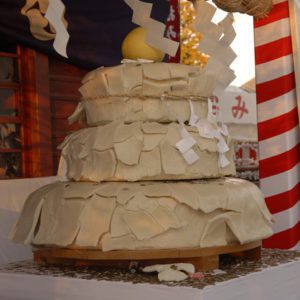


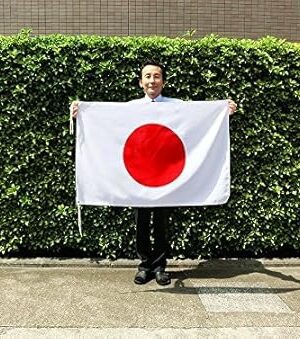

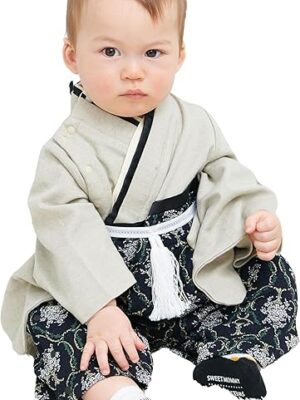
Recent Comments